BY ROBERT ABELE
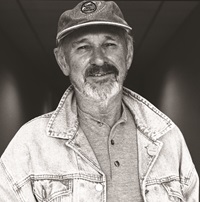 Canadian-born Norman Jewison was 18 years old when he came face-to-face with Southern racism on a bus in Memphis just after his service in World War II. The experience stayed with him.
Canadian-born Norman Jewison was 18 years old when he came face-to-face with Southern racism on a bus in Memphis just after his service in World War II. The experience stayed with him.
Two decades later, in the heyday of the civil rights era, he was able to answer back. Set in the Deep South, In the Heat of the Night pitted Virgil Tibbs (Sidney Poitier), a black Philadelphia homicide detective stranded in a sleepy Mississippi town, against the prejudiced white sheriff Gillespie (Rod Steiger), as they struggle to solve the murder of a white businessman. Along the way, the bigoted cotton plantation owner Endicott (Larry Gates) objects to being considered a suspect. He slaps Tibbs, and in a reactive flash that shocked white and black audiences of the day, Tibbs delivers a fiercer, harder slap back to Endicott.
Jewison had promised a justifiably concerned Poitier that they wouldn’t actually shoot in the South. But to capture the slap scene, and the cotton plantation that surrounded it, Jewison persuaded Poitier to go to Dyersburg, Tenn., for three days. To be on the safe side, the star kept a gun under his pillow at the Holiday Inn. “Feelings were that high,” recalls Jewison. “This was not a period film. It was taking place in the present time.”
That said, no one figured they had a box office hit, or a best picture Oscar winner, much less a historic cinematic moment. “I’m sure you can find a movie before 1967 where a black man hit a white man back,” says Jewison. “But in a way, this was the slap heard round the world.”
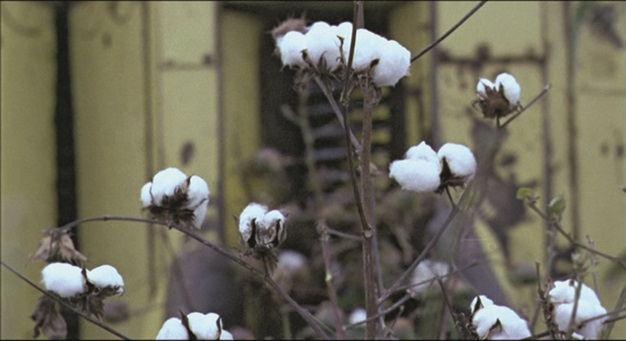
This shot of the cotton-picking machine coming straight at the camera puts something in the audience’s mind—that things are changing in America. Hand labor was moving into the machine age, and cotton was now being picked by a machine. Every time my cameraman, Haskell Wexler, and I had a chance to make a point, we did. I think this was a zoom. Usually when I do these [establishing] shots, I know I’m coming into the scene through the shot, and I want to give myself choices in the editing process. I try to give myself beginnings and endings going into a scene and coming out of a scene.
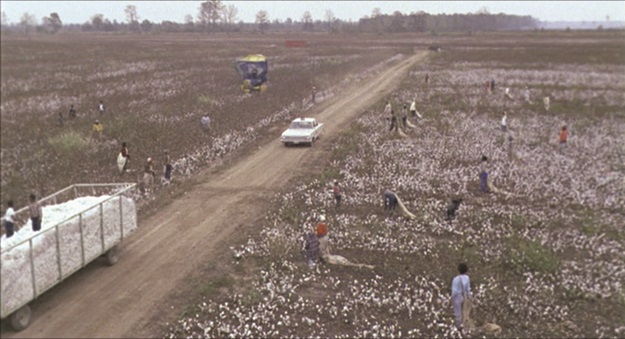
We rented a crane for three days for this shot. I was passionate about this. I knew we needed a wide shot. We were shooting it like a small film. And we were always reminded of that every time we tried to do something. I remember fighting with the production manager. He said, ‘We can’t afford it!’ I said, ‘Yes, come on. You’ve got to get me a crane!’ The purpose, again, was to show change. We’ve got a machine and pickers in the shot. The workers were a mixture of actual pickers and younger people, who had to be taught by the older people. But most of the cotton in this area was picked by machines.
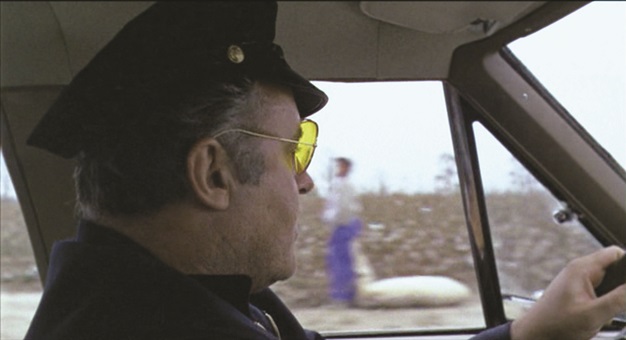
This is to illustrate the difference between Sheriff Gillespie and Virgil, and reinforce that Gillespie is still prejudiced. He looks at the fields and says, ‘None o’ that for you, eh, Virgil?’ He makes these sly little comments, which he wouldn’t say to a white person, reminding Virgil that he’s well aware of his stature. And in the car there’s change coming, a black man in a $2,500 suit. Sidney’s character is all built on the fact that he’s the new face of black people in America. That he is educated, and he’s confident, and he’s sophisticated, and he’s a policeman.
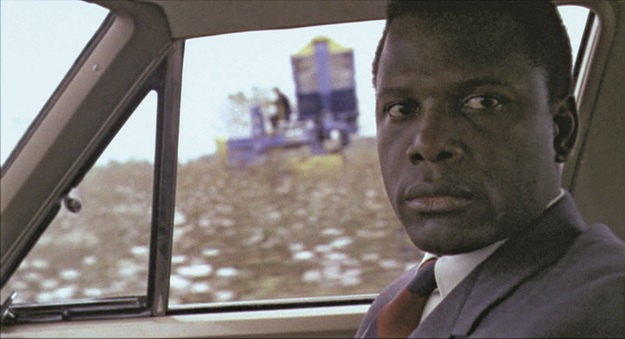
These shots in the car were all handheld, I think. Haskell was essentially a documentary filmmaker, ahead of his time. We were working with old Bolex cameras. This was no camera mount, he’d just get in the car. In those days, we never thought of using process shots. We did everything physically. We timed this [reaction] to music that hadn’t been written yet, which would eventually play over this. ‘In the Heat of the Night,’ the song sung by Ray Charles on the soundtrack, wasn’t written at this point, but at least I could time things to a rhythm. We did a lot of that kind of shooting. In other words, I just hummed the music and snapped my fingers, and got the rhythm of the shot.
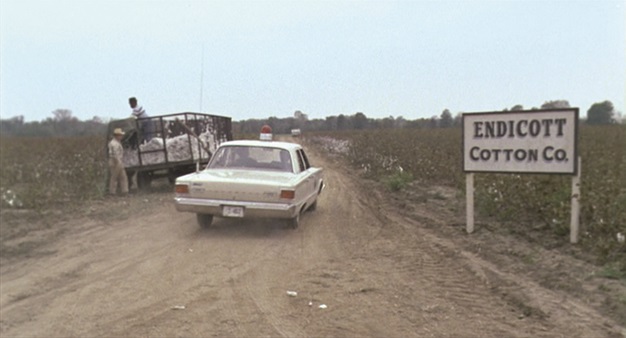
This was really about showing the sign, establishing for the audience where we were, and who Endicott was, what kind of person lived here. He’s like the governor. He was sitting there in his big house on his plantation, and he could see that change was coming in America. He knew he was redundant and he was afraid of change. I think I got this car because it was a typical kind of car that a sheriff like Gillespie would ride in, but also it was big enough that it could take a camera mount on the side.
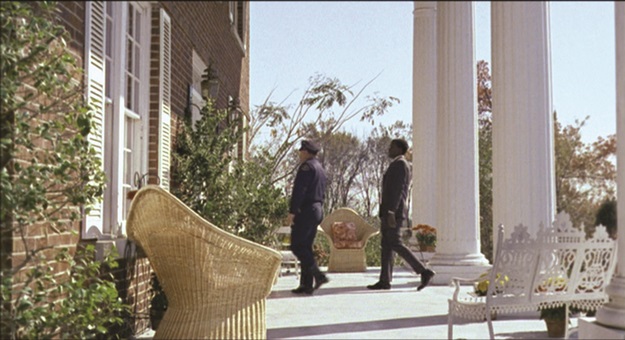
I was looking for a real cotton mansion that would reflect Southern aristocracy and I couldn’t find one. This was the closest I could find. It had a couple of pillars, it was Southern-looking, but it was not the kind I wanted. I didn’t have the money to build one. So we went up and dressed the house. We brought in all the furniture to make it look more Southern than Dyersburg really is. At the entrance to his house he has a black lawn jockey. Back then you’d see them all the way through Virginia and all over America. I just thought it suited Endicott’s mansion. I had Steiger touch it and use it as a symbol as they got ready to go into the house.
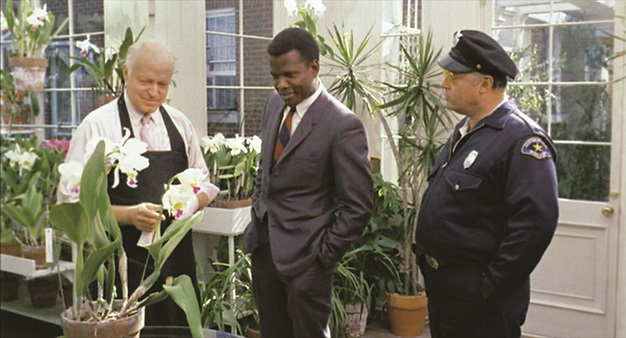
The orchids were interesting cinematically to use. I just thought it was incongruous that you come into a scene to question somebody, and they’re surrounded by flowers. And I just like flowers. I think they can be used not as decorative pieces, but as actual emotional situations. I remember this was a very small space. We didn’t have much equipment with us—very little lighting equipment. We did not have a big rig at all. We had a lot of windows too, so Haskell said we could only shoot there at a certain time of day, when we weren’t going to be blown out by the windows. So we had to shoot late in the afternoon.
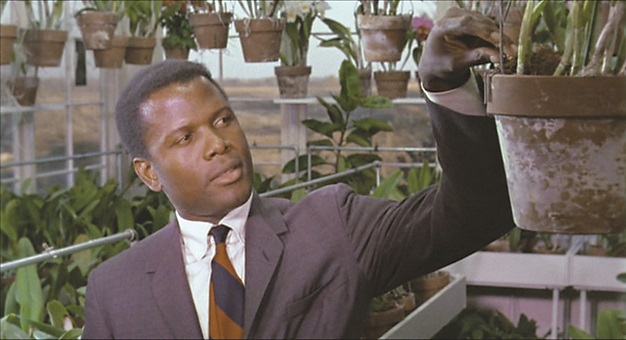
Here, Sidney’s pulling moss out of a pot to remind the audience it’s the same stuff he found at the feet of the murder victim. So now we know he can prove Endicott was there. It was a clever piece of writing. We were doing a murder mystery after all. We shot tight on Sidney here, and very tight on Endicott. As for lighting Sidney, he needed a little bit more light, naturally, because of the color of his skin. But outside of that, I don’t think there was any real difference. It’s all a matter of exposure.
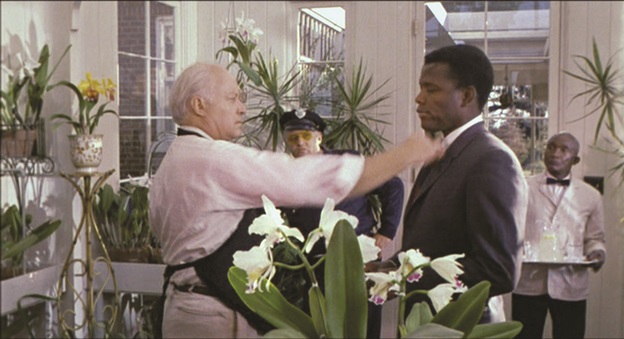
When we rehearsed the slap, we always stopped and said, ‘bang, bang, bang’ or ‘slap, slap.’ Because it hurts to get slapped that hard. I took Larry Gates aside, the chap who played Endicott, and had to teach him since he wasn’t a trained film actor, he was a theatrical actor. I said, ‘Try not to hit the ear. Hit him on the fatty part of the cheek, underneath the ear. Then you can take a pretty hard slap. Go ahead, slap me.’ He says, ‘I can’t do that.’ I said, ‘Go ahead.’ So he slapped me. I said, ‘That’s not a slap. Slap me harder!’ When he got to the point when he was stunning me a little, I said, ‘You got it!’
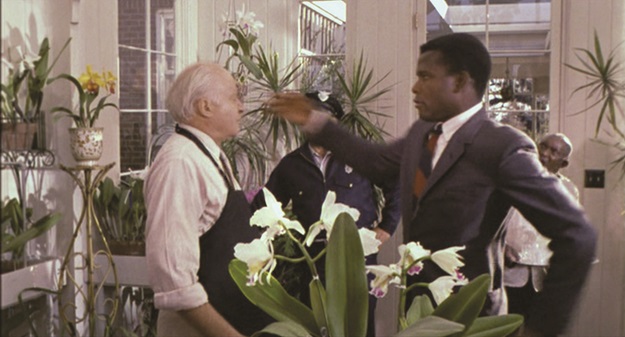
I could see Larry was afraid of slapping Sidney. But Sidney I didn’t have to direct. He was a film actor. I said, ‘I want you to hit him hard enough so that he feels it. In other words, you can’t hold back.’ I remember working on this technically, trying to get both actors to the point where they’re not afraid of hurting each other. That was the main thing. I think we did it in two takes, and I think we used the first. Because there’s something about being caught off guard that was essential to the moment. Nobody expected him to slap Sidney.
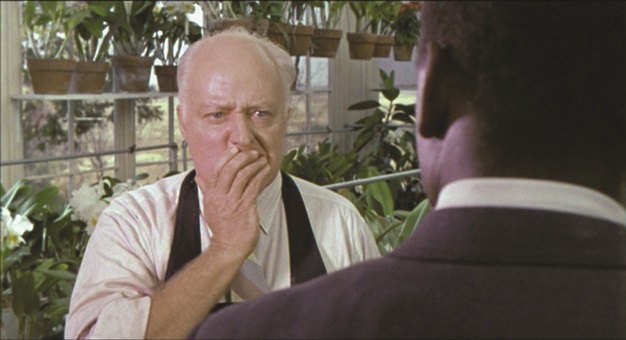
I think you have to show Virgil’s shoulder here, to feel the closeness of their bodies, to feel his presence. He had to look like he was hurt. And Endicott’s hurt more because he couldn’t control his own passion. He’s a typical racist Southerner who always looked on blacks as people you had to take care of, like his orchids. So when he does this, he realizes what he’s become. Those tears aren’t just tears of pain. He’s embarrassed. This was coverage I was doing, so we knew that we probably wanted this shot. But it’s in the editing room that you decide these things, and I had one of the most talented editors in America on the film, Hal Ashby [who later became a director].
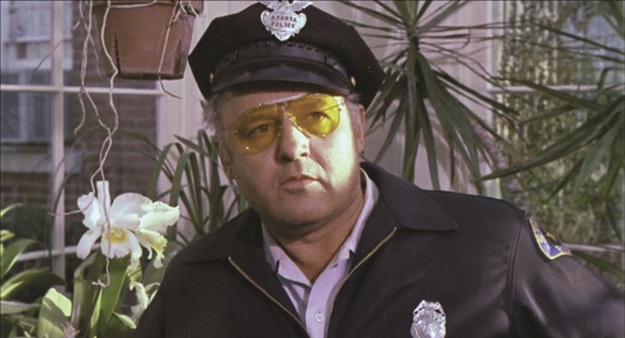
This is an important reaction, because without it, you don’t really have a scene. Endicott says, ‘What are you gonna do about it?’ Gillespie didn’t even pull his gun. He was so in shock, he says, ‘I don’t know.’ Rod had said to me, ‘How do I play this scene?’ I said, ‘I want complete honesty. You’re a white cop, he expects you to respond, but it comes as a shock to you. Don’t complicate it.’ Rod was always worried about what he was going to say. But I think it came out right. His glasses were an orangey shade. I gave Rod five or six colors to work from, but that was the color Haskell and I felt looked the most menacing.
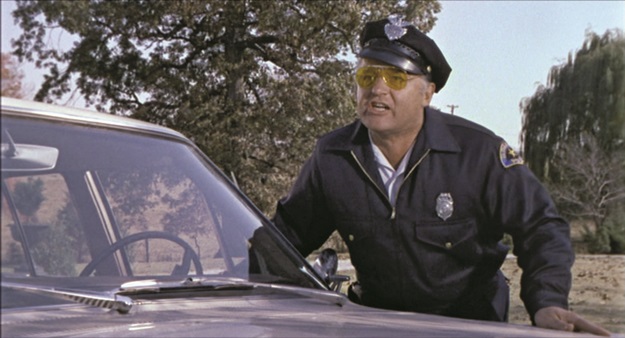
This is where they have the argument in which Virgil says, ‘I can pull that fat cat down, I can bring him right off this hill.’ So this confirms to Gillespie that Virgil is quite capable of reverse discrimination, that now he’s racially motivated. He thinks Virgil is trying to pin the murder rap on Endicott because of what Endicott represents politically. That’s why he says, ‘You’re just like the rest of us, ain’t ya?’ He’s now allowed to let it out. This was easier to shoot outside the car. It puts the car between them, so it separates them, like the separation of the races.
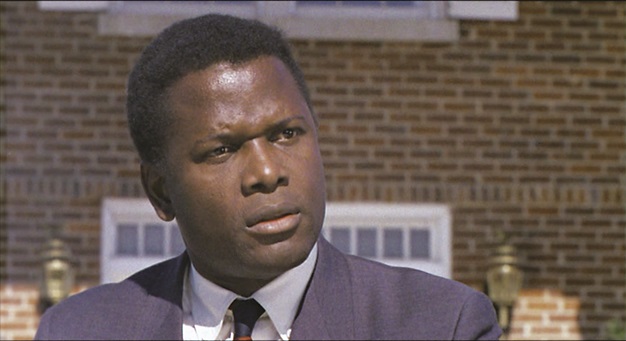
This is the last shot, the bridge shot to close the scene. I just thought the transition to the next scene should be off of Sidney, because he’s re-examining his own motivation. Because there’s something in what Gillespie is saying. He cuts to the core here, and Virgil realizes that he’s capable of hate. It’s just good writing. Also, he’s my star. The scene should end on him. The timing was perfect for this film. The mood of the country is important when you’re dealing with any kind of political situation. Race relations were on the TV screens of America, and race relations were stretched to a breaking point. And this was a film about race relations.